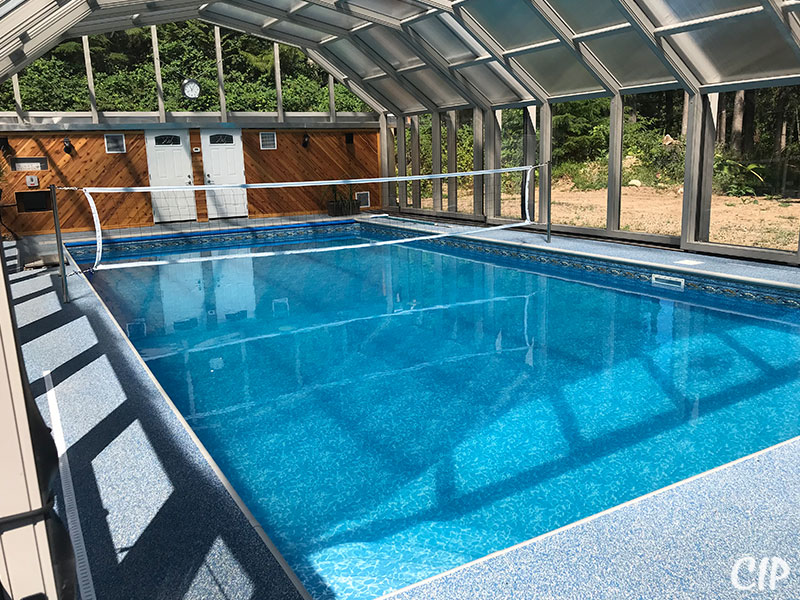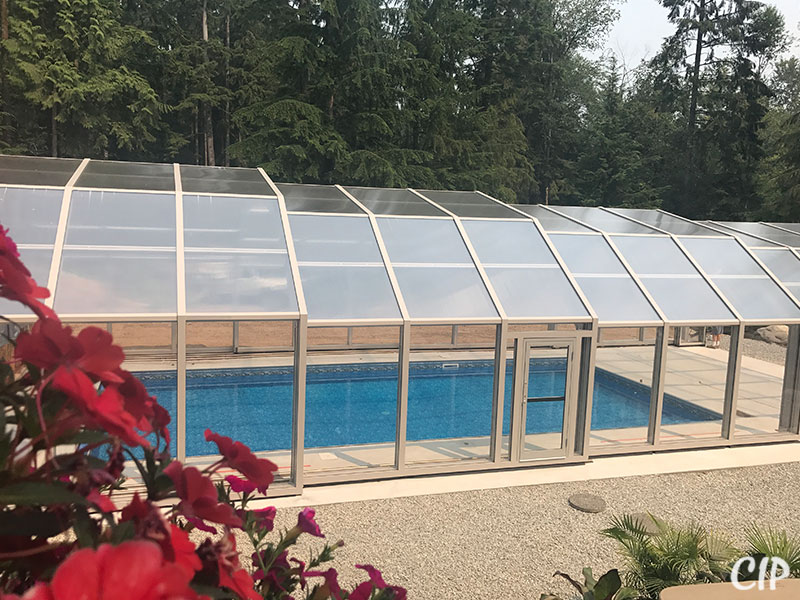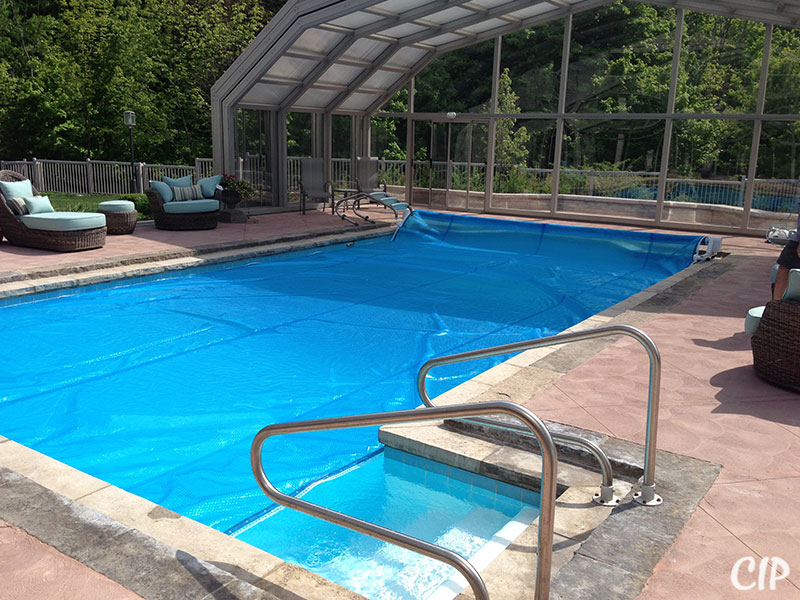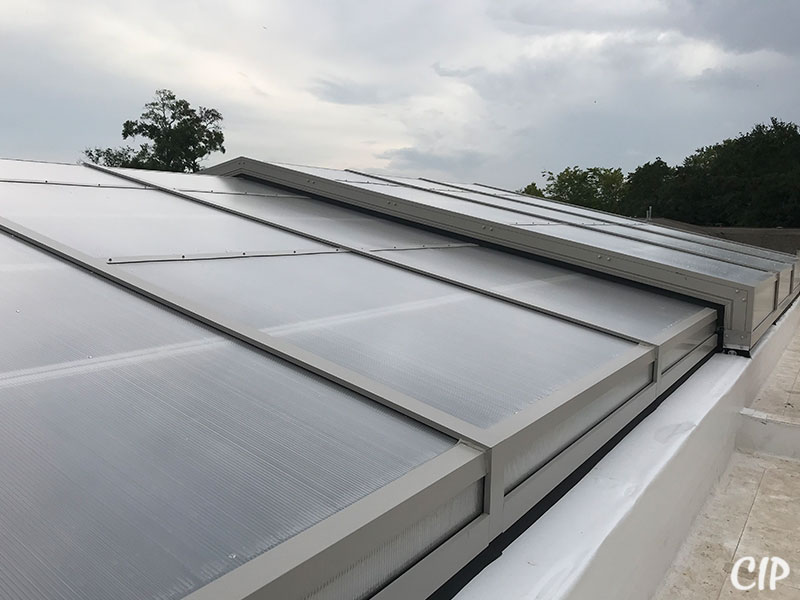As sustainability continues to take center stage in architectural design, pool enclosure manufacturers are embracing eco-friendly practices to minimize environmental impact. Retractable roofs, once solely valued for their convenience and versatility, are now being reimagined with a green twist. From energy-efficient materials to innovative designs that harness renewable resources, the green side of retractable roofs is revolutionizing pool enclosure design. In this article, we explore the sustainable features, benefits, and advancements shaping the future of pool enclosures.
The Green Side of Retractable Roofs

Sustainable Materials and Construction
One of the primary ways pool enclosure manufacturers are promoting sustainability is through the use of eco-friendly materials and construction methods. More homeowners use recycled aluminum, sustainably sourced wood, and low-impact composite materials in the fabrication of retractable roof structures. These materials offer durability, longevity, and a reduced carbon footprint compared to traditional construction materials. Additionally, manufacturers are implementing sustainable practices such as waste reduction, energy-efficient manufacturing processes, and responsible sourcing to further minimize environmental impact.
Energy Efficiency and Thermal Performance
Energy efficiency is a key consideration in sustainable pool enclosure design. Companies engineer retractable roofs with enhanced thermal performance to minimize heat loss in colder climates and reduce cooling costs in warmer regions. Insulated panels, double-glazed windows, and advanced sealing systems help to maintain comfortable temperatures inside the enclosure while minimizing the need for heating or air conditioning. Additionally, some retractable roofs feature integrated solar panels or passive solar design elements that harness the sun’s energy to power lighting, ventilation, or heating systems, further reducing reliance on grid electricity.
Natural Ventilation and Daylighting
Natural ventilation and daylighting play a crucial role in sustainable pool enclosure design, promoting occupant comfort and reducing reliance on artificial lighting and mechanical ventilation. Retractable roofs are being designed with operable windows, louvers, and skylights that allow for passive airflow and daylight penetration into the pool enclosure. This not only creates a more pleasant and inviting indoor environment but also reduces energy consumption by minimizing the need for artificial lighting and mechanical cooling. By harnessing natural ventilation and daylighting, retractable roofs enhance sustainability while enhancing the overall user experience.
Water Conservation and Management

Water conservation is another important aspect of sustainable pool enclosure design. Experts integrate retractable roofs with rainwater harvesting systems that collect and store rainwater for irrigation, landscaping, or pool maintenance purposes. Additionally, you can have retractable roofs designed with integrated gutter systems and drainage channels that direct rainwater away from the pool area, preventing runoff and erosion while promoting groundwater recharge. By effectively managing water resources, retractable roofs contribute to overall sustainability and environmental stewardship.
End-of-Life Considerations
In addition to sustainable materials and construction, manufacturers focus on end-of-life considerations. This ensures that retractable roofs are disposed of responsibly and recycled whenever possible. Designing for disassembly, using modular components, and selecting materials that are easily recyclable or biodegradable facilitate the recycling and reuse of retractable roof systems at the end of their lifespan. By incorporating end-of-life considerations into the design process, manufacturers are closing the sustainability loop and minimizing waste generation throughout the product lifecycle.
Passive Solar Design
Incorporating passive solar design principles into retractable roof structures maximizes energy efficiency. It also reduces reliance on mechanical heating and cooling systems. Features such as orientation, shading devices, and thermal mass are strategically integrated into the design. As a result, it can optimize solar gain in the winter and minimize heat gain in the summer. The passive approach to solar energy harnessing helps regulate indoor temperatures and reduce energy consumption, further enhancing the sustainability of retractable roofs.
Green Roof Systems
Green roof systems, also known as living roofs or vegetative roofs, are gaining popularity as a sustainable option for retractable roof structures. These systems consist of a layer of vegetation, soil, and drainage components installed on the roof surface. As a result, these systems provide insulation, stormwater management, and biodiversity benefits. Green roofs help mitigate urban heat island effects, reduce stormwater runoff, and improve air quality while enhancing the aesthetic appeal of retractable roof structures. Integrating green roof systems into pool enclosures promotes environmental sustainability and ecological resilience.
Low-E Coatings
Experts apply low-emissivity (Low-E) coatings to glazing materials used in retractable roof systems to improve thermal performance and energy efficiency. These coatings selectively reflect infrared heat while allowing visible light to pass through. This reduces heat transfer and glare inside the pool enclosure. By minimizing heat gain in the summer and heat loss in the winter, Low-E coatings help maintain comfortable indoor temperatures. It can also reduce the need for artificial heating and cooling. This results in energy savings and reduced environmental impact, making Low-E coatings a sustainable choice for retractable roof design.
Modular and Prefabricated Construction

Many homeowners use modular and prefabricated construction techniques more when fabricating retractable roof systems, offering several sustainability benefits. Companies manufacture these components off-site in controlled factory conditions, minimizing material waste and construction debris. Prefabricated assemblies are designed for easy transport and installation, reducing on-site construction time and resource consumption. Additionally, modular construction allows for scalability and adaptability. It allows the opportunity to easily expand, relocate, or repurpose retractable roof systems. As a result, you can further extend their lifespan and sustainability.
Lifecycle Assessment
Conducting lifecycle assessments (LCAs) of retractable roof systems helps evaluate their environmental impacts across the entire product lifecycle. This includes raw material extraction and manufacturing to use and disposal. LCAs consider factors such as energy consumption, greenhouse gas emissions, water usage, and waste generation. This is done to quantify the environmental footprint of retractable roof systems and identify opportunities for improvement.
By incorporating lifecycle assessments into the design and decision-making process, manufacturers can make informed choices that prioritize sustainability and minimize environmental harm.
Invest In Retractable Roofs Now!
The green side of retractable roofs is transforming pool enclosure design. It is now offering sustainable solutions that prioritize environmental responsibility without compromising on performance or aesthetics. From eco-friendly materials and energy-efficient design features to water conservation strategies and end-of-life considerations… Retractable roofs are leading the way toward a more sustainable future for pool enclosures. By embracing sustainability in pool enclosure design, manufacturers and homeowners alike can minimize environmental impact. Moreover, it reduces operating costs, and create healthier and more resilient indoor environments for years to come.

